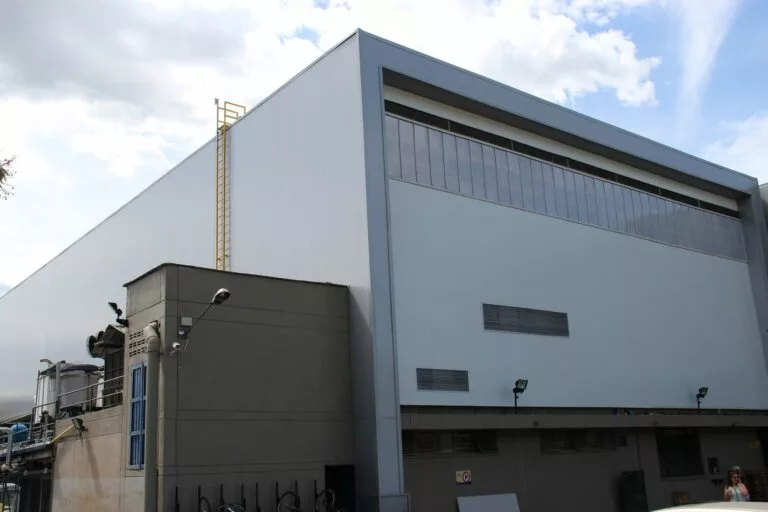When deciding what insulation core of insulated panels to use in a construction project, it is important to evaluate the different options that are available considering the type of climate, temperatures of the place, as well as the specific use that will be given to the property to be developed. In this sense, the following questions commonly arise: what type of core (insulating foam) is most suitable for my building project? Is PIR insulation of my convenience or is PUR core foam my option to choose?
This time we review the differences and advantages of the two most popular sandwich panel variants, in a comparison exercise between them (PUR vs. PIR)
PUR vs PIR
For many, it is known that the PUR (polyurethane) insulating panel is less expensive than that of PIR (polyisocyanurate) and the reason for this, as you may imagine, lies in the quality of the core material. Although nothing is absolute and will depend a lot on the ultimate purpose of the building, PIR insulation is commonly known as a better quality alternative than PUR.
R-Value
First of all, we must mention the R-value, which is a measure that is used to know the materials’ thermal resistance, that is, the more struggle the heat has to pass through the layers of the material (aka. thermal conductivity), the more insulation it can offer.
Although performance depends on uncontrollable external factors, such as climate, and on aspects of the material such as its thickness, in general, the R values of PIR are higher than those of PUR.
U-Value
In line with the above, another important data is the U-value, which measures the thermal transmittance, defined as the amount of heat that can be transferred through a material measured in watts per square meter Kelvin (W/m2*K).
The U-value by definition is inversely proportional to the R-value, in other words, the lower it is, it indicates that there is lower transmittance, thus proving that the material has better insulating capacity. Again, under constant conditions, the PIR core has a lower U-value than the PUR core.
K-Value
The two above also correspond to the K value, which measures the thermal conductivity, that is, the material’s ability to conduct heat.
Similar to the U-value, the lower the number, the better the thermal performance of the sandwich panel core. Thus, polyisocyanurate foam tends to have substantially lower K values than polyurethane.

The purpose of the building
In general, it can be said that since the R, U, and K values of the PIR insulation panels are better than those of PUR, nevertheless, when evaluating which material to prefer, the use of the building should not be neglected.
For example, if insulated metal panels are to be used for food storage (cold), then resistance, transmittance, and thermal conductivity will be a highly important aspect of decision making and the PIR core foam is likely to be more suitable if a relatively thin coating is required. In contrast, if it were decided to use a PUR panel for this case, its thickness would have to increase in order for it to reach R, U, and K values similar to those of its PIR equivalent.
On the other hand, if instead of food storing, the building was to be used for manufacturing goods and if the case was that the heat had no great impact on human conditions or the performance of machinery, the use of a less thick PUR sandwich panel could be considered.
Budget
The above also leads us to take into account the economic aspect since, although the PUR panel tends to be cheaper for the builder and the developer, it could happen that for the client this translates into greater use of air conditioning or heating, a situation that inevitably means higher operating costs compared to a building covered with PIR insulated panels (of similar thickness).
Climate and Weather
The climate of the location where the panel will be installed is another topic to evaluate, since in humid and hot tropical weathers or in both northern and southern where extreme cold temperatures are reached, thermal insulation will take on more relevance than in locations where weather conditions tend to be more steady.
Each case is different
As a conclusion, due to the density of its structure, taking the environment, thickness, energy savings, and uses as a constant, the PIR insulation panels could be considered a better alternative in comparison to those of PUR core.
However, paradoxically, we cannot recommend an absolute decision, since for each project a technical evaluation has to be carried out in order to declare what is best for a particular construction project in economic, operational, environmental, human, and safety terms.

